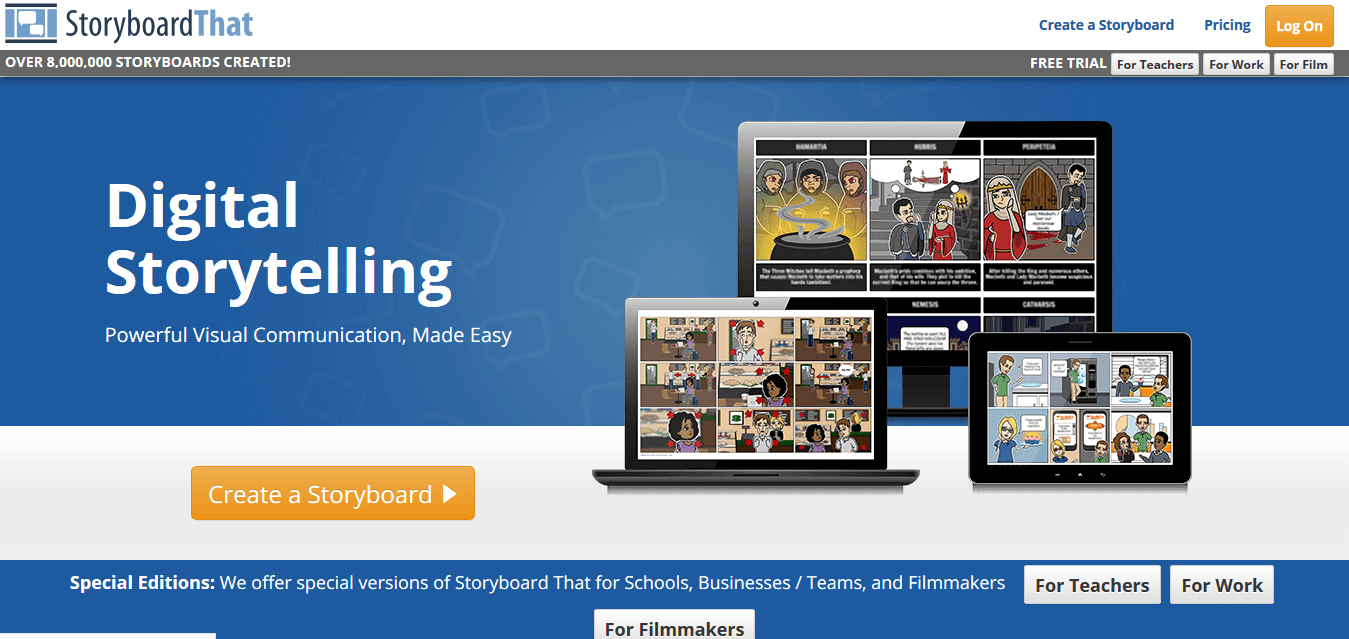

These are sketches from a storyboard about a service for project directors at a community college. The way your draw your images can also convey tone.

For example, in the service concept below, the main character, Miguel has spiky hair, a tie, and round glasses. I like to create distinct main characters and use visual cues to define them. Luckily, stories are a great medium to do this. The text for this panel reads “Miguel, a Project Director, is drifting apart from the rest of the his team.” “B1” indicates it is the first board or panel in the story. When you’re sketching out your story, it’s great to start with a low-fidelity whiteboard drawing like this. These are the basic elements needed if you want to create a storyboard: Below are some simple shapes that you can practice drawing. Furthermore,when you’re introducing something unfamiliar, pictures are easy to grasp.Believe me, you’ll learn a ton by simply putting images in front of your user.įor those of us who are less artistically inclined, the idea of putting pen to paper and drawing can be nerve racking. Instead of developing costly technology and hiring people to prototype your concept, a pen and paper is really all that’s required to create a storyboard. Perhaps the best part about storyboards is that they are cheap. “Use this approach to move beyond the functional view and into the human story of the experience, to shift the focus to the user and the problem that the new experience solves.” In the book Designing for Growth: A Design Thinking Toolkit for Managers, Tim Ogilvie and Jeanne Liedtka advise the following: Storyboard development is one way to prototype your service concept. They use the art of the narrative to focus on a person’s experience of using your service.

Storyboards communicate a concept by visualizing user interactions. This article covers the importance of storyboard development and how it leads corporate innovation throughout your design process. Similar to a card sort, it’s a tool to help you get at intangible, unquantifiable data and overcome any design research pitfalls that may occur during the strategic planning process. Today’s topic, storyboarding, moves us from the world of words to the world of images.
#Storyboard program adobhe how to#
In my last post, I talked about how to capture unarticulated needs though a design research tool called a card sort.


 0 kommentar(er)
0 kommentar(er)
